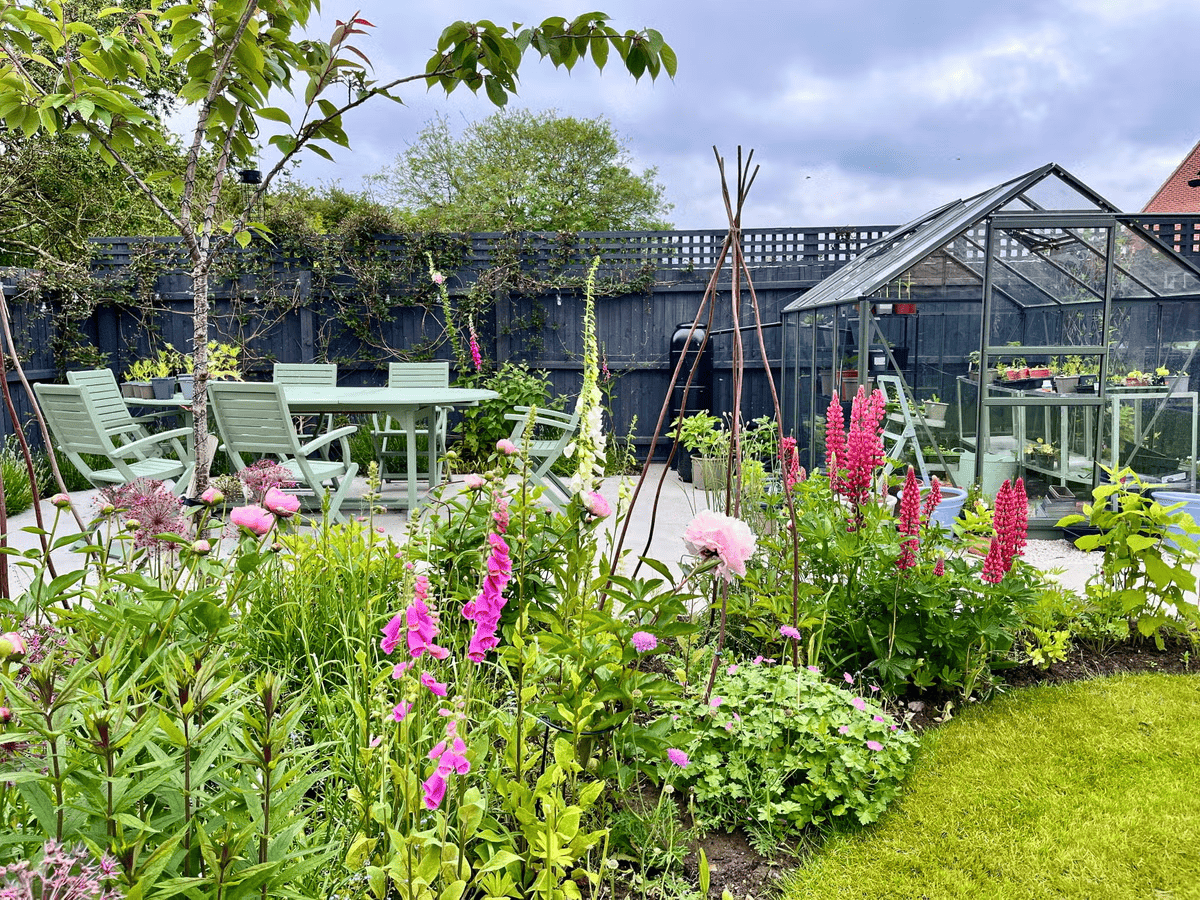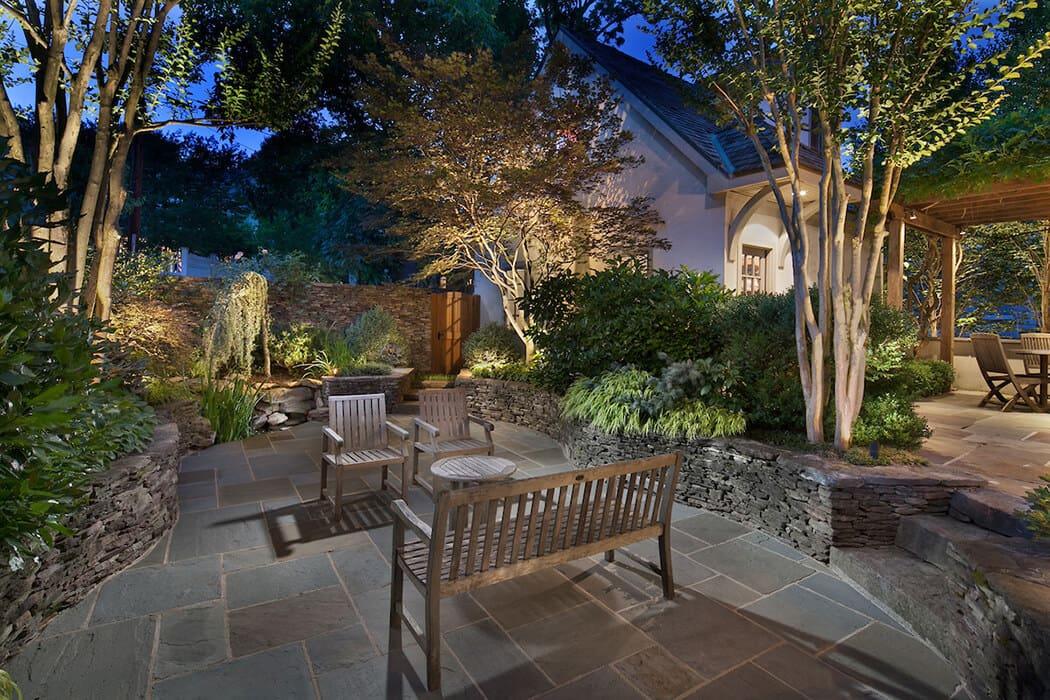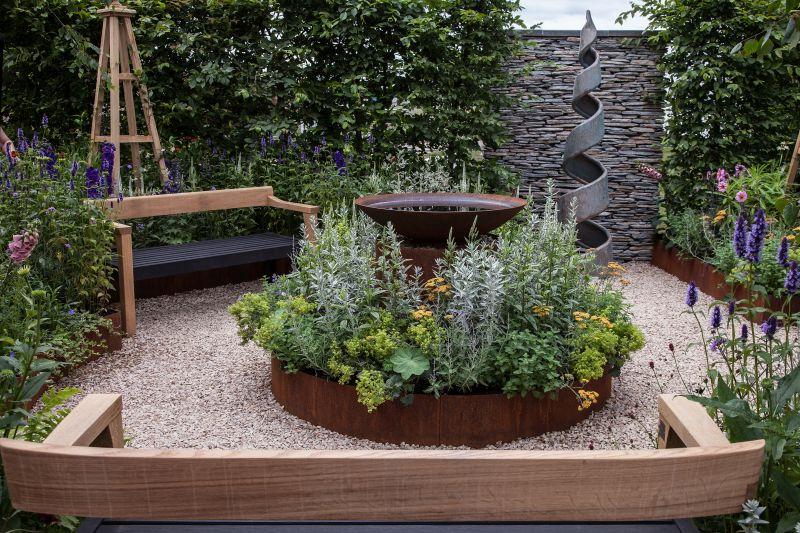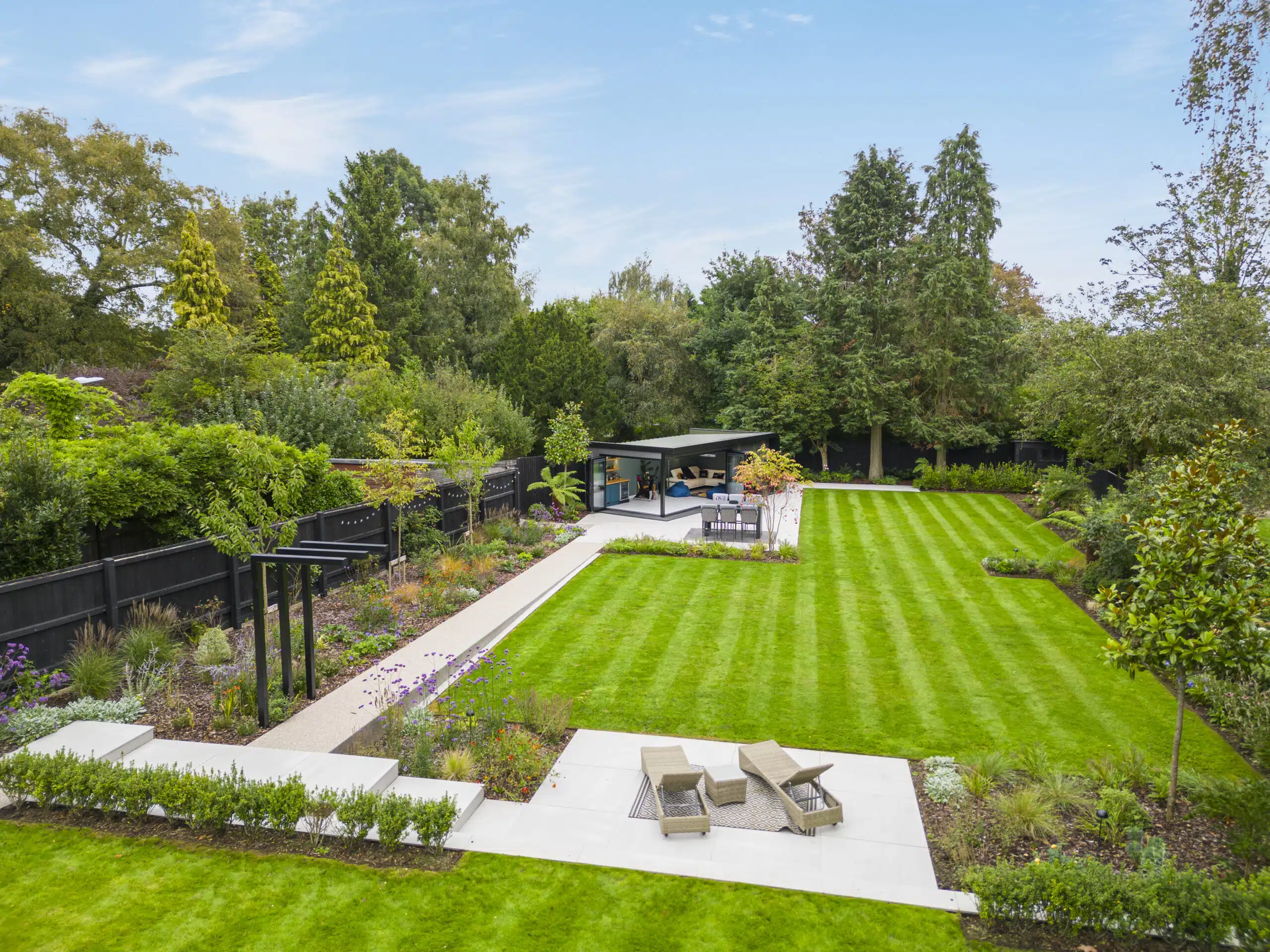
GAIAS LANDSCAPE LTD: Cultivating Beauty, Crafting Outdoor Sanctuaries
GAIAS LANDSCAPE LTD: Cultivating Beauty, Crafting Outdoor Sanctuaries
From ancient Hanging Gardens to the serene Zen landscapes, humanity has always sought to integrate nature into its living spaces. These early endeavors were not merely about aesthetics; they served profound purposes, offering spiritual solace, practical sustenance, and a connection to the wider natural world. The deliberate shaping of land, whether for agricultural bounty or contemplative beauty, underscores a fundamental human need to harmonize with our environment, creating pockets of order and inspiration amidst the wild. This deep-rooted desire has driven centuries of innovation in how we perceive and design our outdoor realms.
Over time, the art and science of landscape design evolved dramatically. What began as functional arrangements for food or defense gradually transformed into sophisticated expressions of culture, philosophy, and personal identity. Renaissance gardens, for instance, became grand statements of power and artistic mastery, while later movements embraced naturalistic forms, reflecting a romantic appreciation for untamed beauty. This evolution highlights a continuous quest to balance human intervention with natural processes, moving beyond mere utility to encompass a broader understanding of environmental stewardship and human well-being.
The modern discipline of landscape architecture emerged from this rich history, synthesizing diverse fields to create spaces that are not only visually appealing but also ecologically sound and socially beneficial. It's a complex interplay of horticulture, engineering, urban planning, and artistic vision, all aimed at shaping the outdoor experience. Contemporary practitioners grapple with challenges like climate change, urbanization, and biodiversity loss, striving to design environments that are resilient, sustainable, and profoundly restorative. The emphasis has shifted towards creating spaces that truly serve both people and the planet.
Today, the recognition of outdoor spaces as vital components of a healthy society is stronger than ever. They are understood as essential for mental health, fostering community bonds, and preserving crucial biodiversity in increasingly dense urban settings. A well-designed park can be a city's lungs, a garden a quiet refuge, and a public square a vibrant hub. This understanding elevates landscape design from a luxury to a necessity, acknowledging its critical role in enhancing the overall quality of life and contributing to a flourishing future for all.
Insights from Environmental Psychology and Design Literature 📚
- Exposure to thoughtfully designed natural environments demonstrably reduces physiological stress markers and significantly enhances cognitive functions, fostering a sense of calm and mental clarity.
- Thoughtfully planned public and private green spaces act as catalysts for stronger community ties, encouraging social interaction, shared experiences, and a collective sense of belonging.
- Strategic landscape planning, incorporating native flora and sustainable practices, plays a crucial role in bolstering urban ecological resilience and supporting local biodiversity networks.
Analyzing the Impact: Beyond Aesthetics 🌿
The psychological benefits derived from interacting with nature are profound and well-documented. Specific design elements, such as the gentle murmur of a water feature, the varied textures of planting, or the inviting curve of a winding path, are carefully orchestrated to evoke feelings of tranquility, wonder, and rejuvenation. These elements work in concert to create immersive experiences that can significantly improve mood and reduce anxiety, offering a much-needed escape from the demands of daily life.
Beyond individual well-being, the social dimension of landscape design is equally compelling. Parks, plazas, and communal gardens serve as vital focal points for gathering, play, and quiet contemplation, fostering a stronger sense of community. These shared outdoor areas become canvases for collective memories, enhancing social cohesion and providing accessible spaces where people can connect with neighbors and friends, enriching the fabric of urban life. 
Ecological considerations are now central to exemplary landscape practice. The careful selection of native plants, the implementation of sustainable drainage systems, and the creation of diverse habitats are not just environmental gestures; they are fundamental to mitigating climate impacts and supporting local wildlife. Companies like GAIAS LANDSCAPE LTD exemplify this commitment, integrating these principles to create landscapes that are both beautiful and ecologically responsible, contributing positively to the wider ecosystem.
The artistic challenge in landscape design lies in its dynamic nature. Unlike static art forms, a landscape grows, changes, and evolves with the seasons and over years. This requires a vision that balances immediate aesthetic appeal with long-term ecological health and functional utility. Crafting spaces that are not only visually stunning but also practical, resilient, and reflective of their cultural context demands both creativity and a deep understanding of natural processes.
The long-term vision inherent in creating enduring outdoor spaces is paramount. A well-designed landscape is an investment in future well-being, a living entity that will mature and flourish, offering sustained enjoyment and environmental advantages for generations. It requires foresight, careful planning, and an understanding that true beauty in the landscape is often a slow, evolving masterpiece, nurtured over time.
Achieving such holistic designs necessitates a truly interdisciplinary approach. It draws upon the expertise of horticulturists, civil engineers, artists, and environmental scientists, among others. This collaborative spirit ensures that every aspect, from soil health to structural integrity and aesthetic flow, is meticulously considered. The comprehensive work undertaken by GAIAS LANDSCAPE LTD embodies this integrated philosophy, delivering outdoor environments that are both innovative and harmoniously balanced.
Key Takeaways for Thriving Outdoor Spaces 🌱🏡
- Cultivating restorative environments that significantly enhance individual well-being and foster a deeper, more meaningful connection with the natural world.
- Developing sustainable and aesthetically pleasing outdoor areas that contribute robustly to ecological health and invigorate community vitality for years to come.
- Transforming underutilized or neglected spaces into vibrant, functional sanctuaries that offer lasting enjoyment and profound environmental advantages, a hallmark of GAIAS LANDSCAPE LTD's dedication.

